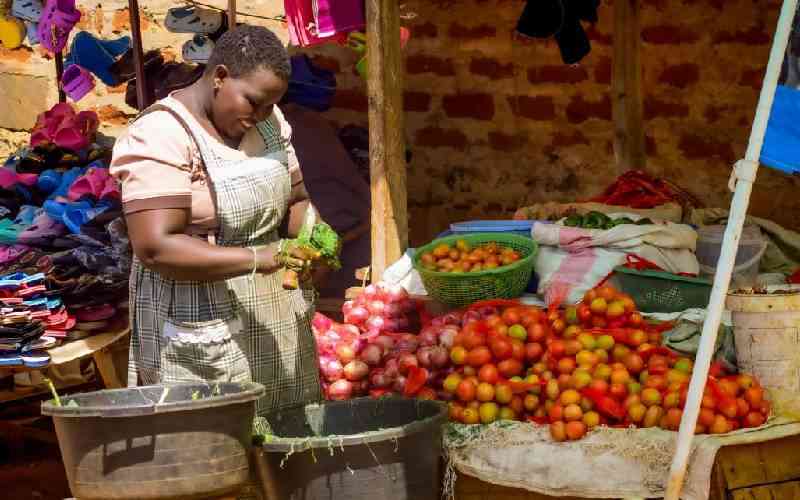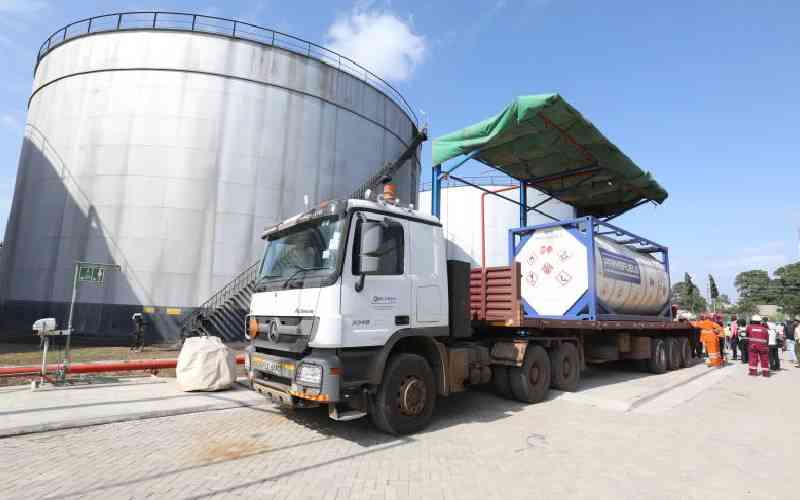
Under the Constitution of Kenya Article 43 (1), every person has the right to the highest attainable standard of health, which includes the right to healthcare services; however, Kenya has, in the last 10 years, struggled to find fiscal space for women’s health/reproductive health in its national and county budgets.
In the last five years, this challenge has played out to stockouts of family planning commodities, forcing women and girls to seek alternative but costly solutions to their unmet needs. A study by Pathways Policy Institute on out-of-pocket expenditure in 2020 and 2021 revealed that women in Kenya spend USD3-5 monthly to access family planning commodities. This covers consultation as well as the purchase of supplies and commodities. In its reproductive maternal, newborn, child and adolescent health (RMNCAH) commitments, Kenya has set out to have 100 per cent domestic funding for family planning by 2026. Kenya’s progress appeared promising with the proportion of women of reproductive age receiving family planning commodities increasing from 43 per cent in 2020/21 to 74 per cent in 2022/23 (Budget Policy Statement 2024).
Despite these challenges, the government, through the Ministry of Health, seems committed to achieving Universal Health Coverage (UHC) with the passing of four laws including the Social Health Insurance Fund (SHIF), Facility Improvement Financing, Digital Health and Primary Health Care. This proposed shift comes when reliance on donor funding has declined given the country’s elevation to a low-middle income country.
Kenya collects 2.75 per deduction from employed Kenyans through the National Health Insurance Fund (NHIF) which could potentially double through SHIF from Sh60 billion collected annually to Sh125 billion.
This increment will bring implications for RMNCAH in Kenya as the legislation also aims to enhance their access to quality health, focusing on the specific needs of vulnerable groups such as women, children, and adolescents. Importantly, services such as antiretrovirals (ARVs), HIV testing, family planning, anti-malaria, and vaccinations are provided at no cost to the patient, enhancing women’s accessibility and affordability.
While the Act and guidelines provide comprehensive coverage and quality assurance measures that are expected to significantly improve maternal and child health outcomes, the associated costs and guidelines are causing concerns among citizens about full access and choice. For instance, under imaging, a household can only access mammography services two times per household per year. MRI including specific obstetric conditions can only be done at the rate of two images per household per year. These limit the enjoyment of the right to healthcare for paid-up members, especially when a household has more than two females.
Dr Norah Obudho is a medical doctor and the East Africa Director at WomenLift Health; Peter Ngure is the founder of Pathways Policy Institute (PPI)
 The Standard Group Plc is a multi-media organization with investments in media
platforms spanning newspaper print operations, television, radio broadcasting,
digital and online services. The Standard Group is recognized as a leading
multi-media house in Kenya with a key influence in matters of national and
international interest.
The Standard Group Plc is a multi-media organization with investments in media
platforms spanning newspaper print operations, television, radio broadcasting,
digital and online services. The Standard Group is recognized as a leading
multi-media house in Kenya with a key influence in matters of national and
international interest.
 The Standard Group Plc is a multi-media organization with investments in media
platforms spanning newspaper print operations, television, radio broadcasting,
digital and online services. The Standard Group is recognized as a leading
multi-media house in Kenya with a key influence in matters of national and
international interest.
The Standard Group Plc is a multi-media organization with investments in media
platforms spanning newspaper print operations, television, radio broadcasting,
digital and online services. The Standard Group is recognized as a leading
multi-media house in Kenya with a key influence in matters of national and
international interest.











